01 Jan 1991
Variácie slávy
No overview found

Protagonist
01 Jan 1991
No overview found
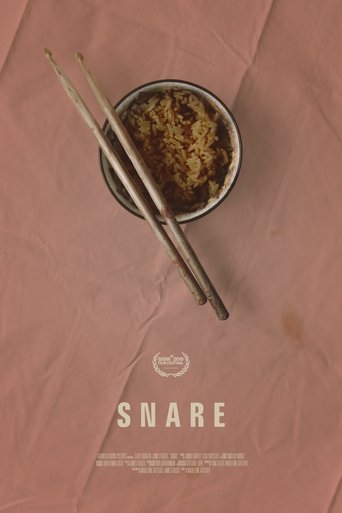
09 Mar 2019

It's 1997. Distorted guitars rule the world. In an aging Chinese restaurant, a father and his punk-rock son struggle with their familial roles as they realize they each desperately need something from the other.
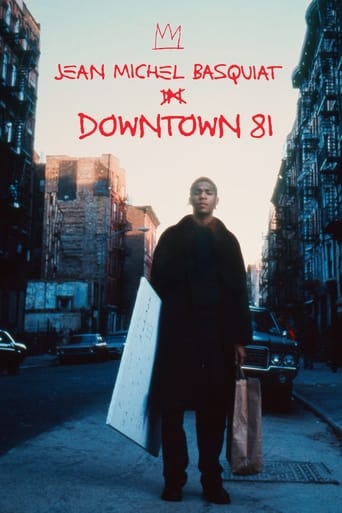
13 Jul 2001

The film is a day in the life of a young artist, Jean-Michel Basquiat, who needs to raise money to reclaim the apartment from which he has been evicted. He wanders the downtown streets carrying a painting he hopes to sell, encountering friends, whose lives (and performances) we peek into.
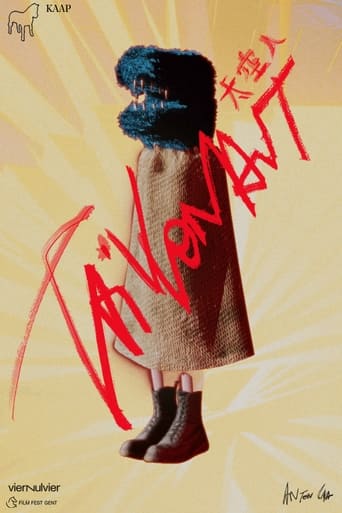
22 Oct 2022

A creature is born from the cosmos. In his journey through the void he searches for what it means to be human. Marching he soon finds himself chased by the chaos that comes along with finding a safe home-ground.
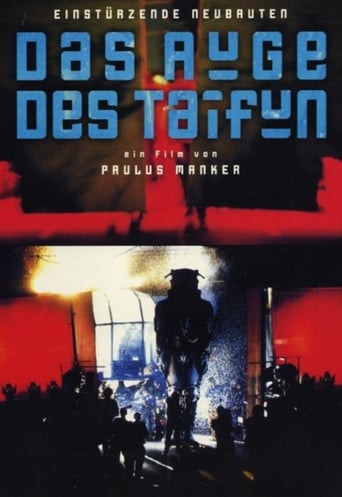
29 Nov 1993

Performance conceived by Erich Wonder & Heiner Müller for the 300th anniversary of the Akademie der bildenden Künste in Vienna. The band, Einstürzende Neubauten, is located on a glass palace/stage on wheels (accompanied by the slavish trotting of huskies) which is slowly moving on the nightly ring road of Vienna.
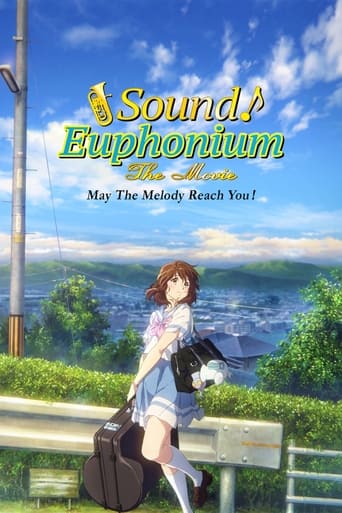
30 Sep 2017

Following their success in the qualifying round for the Kansai regional competition, the members of the Kitauji High School concert band set their sights on the next upcoming performance. Utilizing their summer break to the utmost, the band participates in a camp where they are instructed by their band advisor Noboru Taki and his friends who make their living as professional musicians. Kumiko Oumae and her friends remain determined to attain gold at the Kansai competition, but trouble arises when a student who once quit the band shows interest in rejoining and sparks unpleasant memories for the second-year members. Kumiko also learns about her teacher's surprising past and the motivation behind his desire to lead the band to victory. Reaching nationals will require hard work, and the adamant conviction in each student's commitment to the band will be put to the test.
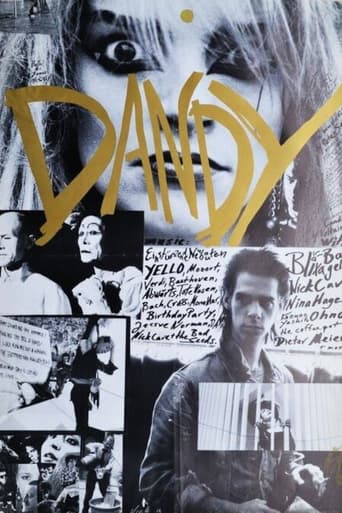
22 Sep 1988

A selection of seemingly unconnected scenes featuring Nick Cave, Blixa Bargeld, Nina Hagen and Lene Lovich. Losely based on Voltaire's satire "Candide".

01 Jan 1973

Global Groove was a collaborative piece by Nam June Paik and John Godfrey. Paik, amongst other artists who shared the same vision in the 1960s, saw the potential in the television beyond it being a one-sided medium to present programs and commercials. Instead, he saw it more as a place to facilitate a free flow of information exchange. He wanted to strip away the limitations from copyright system and network restrictions and bring in a new TV culture where information could be accessed inexpensively and conveniently. The full length of the piece ran 28 minutes and was first broadcasted in January 30, 1974 on WNET.
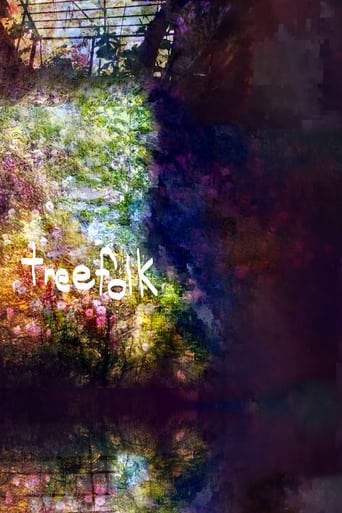

A data moshed experiment using videos of daily life and textures overlayed with components from older videos creating a personal collage of the last few years.
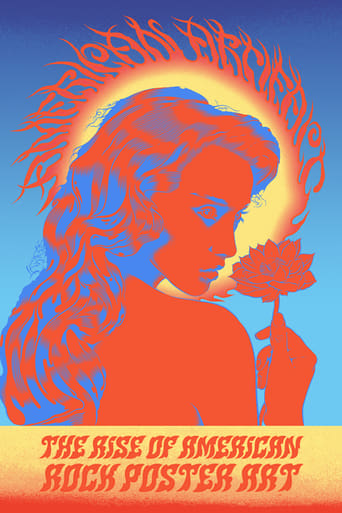
20 Jun 2009

American Artifact chronicles the rise of American rock poster art since it's birth in the'60s. Award-winning director, Merle Becker crosses the country interviewing the rock poster artists from the different eras to discover that America is currently in the midst of a 21st century "rock poster art movement", where thousands of artists around the country are doing silk screened rock poster art inspired by their local scene, the music of our time, and the spirit of our era.
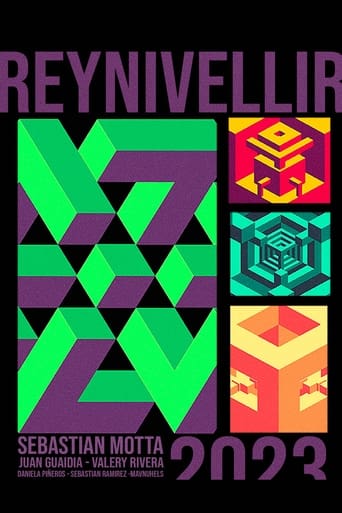
20 Nov 2023

Reynivellir is a representation of the transit that is generated when approaching the art work, described with visual games that can well be evoked by the same brain when witnessing the impossible figures of Jose María Yturralde. Reynivellir is also a beach in a country that is a musical sonnet, and this is so because the mental image does not always connect the articulated parts of a sensation, it is systematic, but aleatory, and it is from these notions of the field of observation, that it approaches and moves away from understanding, linking and unlinking forms, movements, sounds, sensations and knowledge.
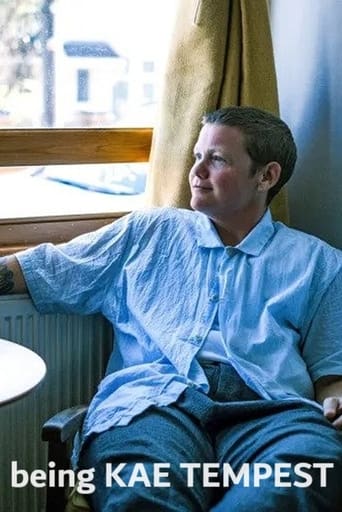
29 Nov 2023

Poet, rapper, playwright and recording artist Kae Tempest is one of the most viscerally exciting artists working in Britain today. They are the youngest ever recipient of the prestigious Ted Hughes prize and have been nominated for both the Brit and Mercury music awards. Tempest has always found support and respect within the queer art scenes, a place close to their heart. In July 2020, they came out as non-binary, announcing that they would publish and perform under the name Kae. This film delves deep into their creative process and gains rare, intimate insights into Kae’s life throughout a period of profound personal and artistic change.
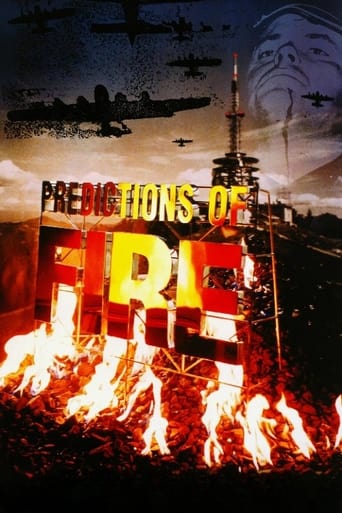
02 Oct 1996

A visceral documentary focusing on the Slovenian collective art movement known as NSK ('Neue Slowenische Kunst') and its varied branches: 'Laibach', 'Irwin', and 'Red Pilot'.
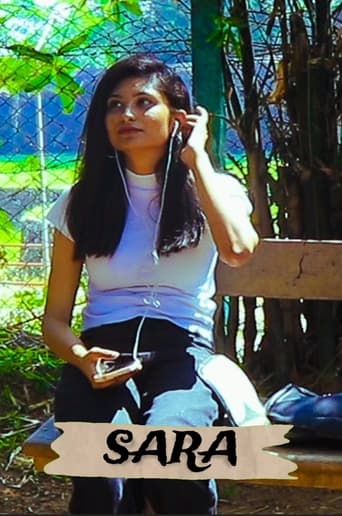
01 Dec 2023

Sara, A positive girl who can't speak(dumb) and A lonely boy without hope in life accidentally meets and talks through a diary.
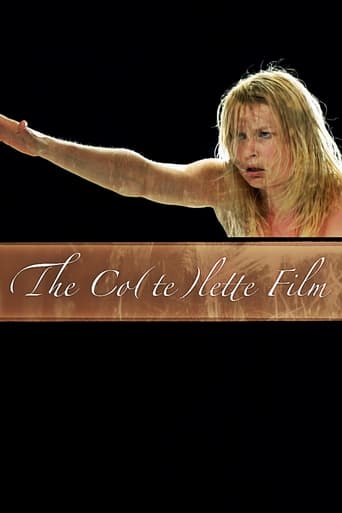
19 Oct 2010

A cinematographic adaptation of the dance performance by Ann Van den Broek.
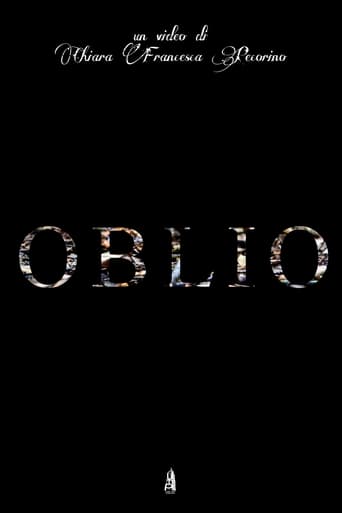
06 Nov 2018

No overview found
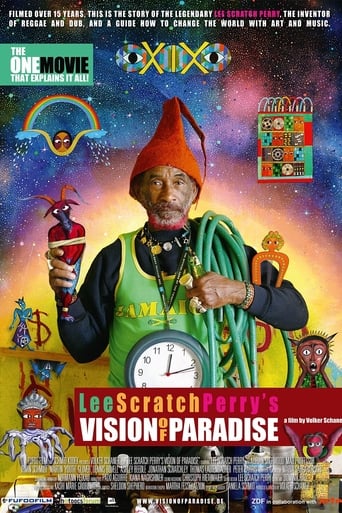
18 Apr 2015

Lee Scratch Perry's Vision of Paradise is a unique project in many ways. It is the life story of the legendary musician, but it is not a biography, it is a fairytale documentary! The director followed Lee Perry for thirteen years and discovered an unbelievable story, a revelation, told about and with one of the major protagonists of contemporary music, the other half of the story that has never been told. The movie can be seen as a guide for how to change the world with music, with a positive attitude, mindset or, as Lee Perry calls it, vibration.
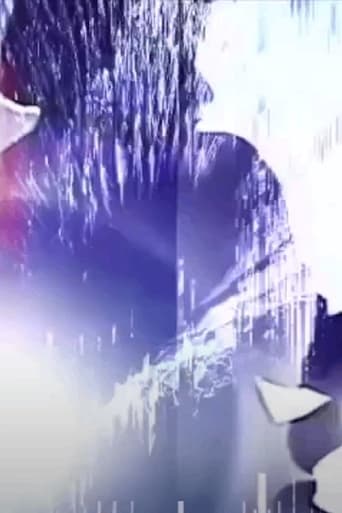
08 Nov 2023

1993 recording of band Les Rallizes Dénudés performing at the Baus Theater.
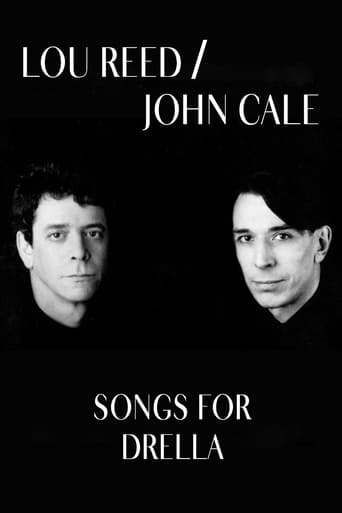
17 Jan 1990

Songs for Drella is a concept album by Lou Reed and John Cale, both formerly of The Velvet Underground, and is dedicated to the memory of Andy Warhol, their mentor, who had died unexpectedly in 1987. Drella was a nickname for Warhol coined by Warhol Superstar Ondine, a contraction of Dracula and Cinderella, used by Warhol's crowd. The song cycle focuses on Warhol's interpersonal relations and experiences, with songs falling roughly into three categories: Warhol's first-person perspective (which makes up the vast majority of the album), third-person narratives chronicling events and affairs, and first-person commentaries on Warhol by Reed and Cale themselves. The songs on the album are, to some extent, in chronological order.
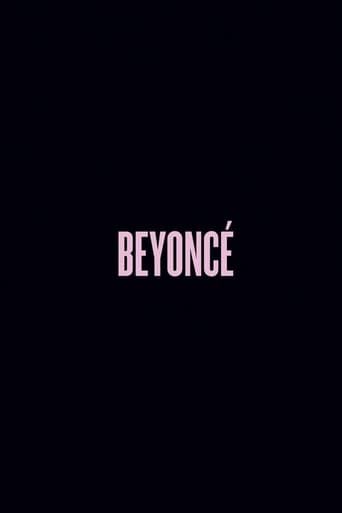
13 Jun 2014

Developed as a "visual album", Beyoncé's songs are accompanied by non-linear short films that illustrate the musical concepts conceived during production. Its dark and intimate subject material includes feminist themes of sex, monogamous love, and relationship issues, inspired by Beyoncé's desire to assert her full creative freedom.